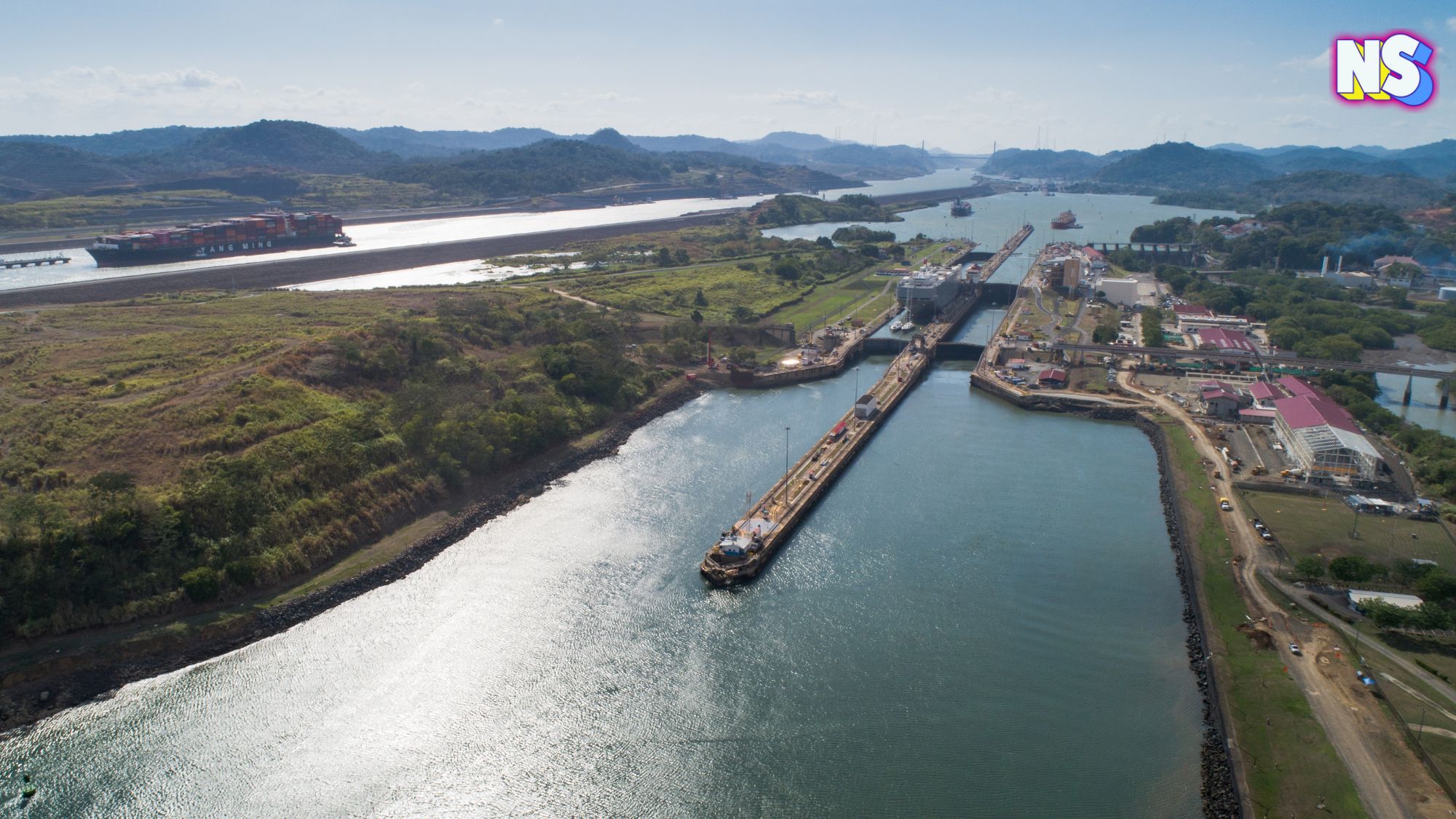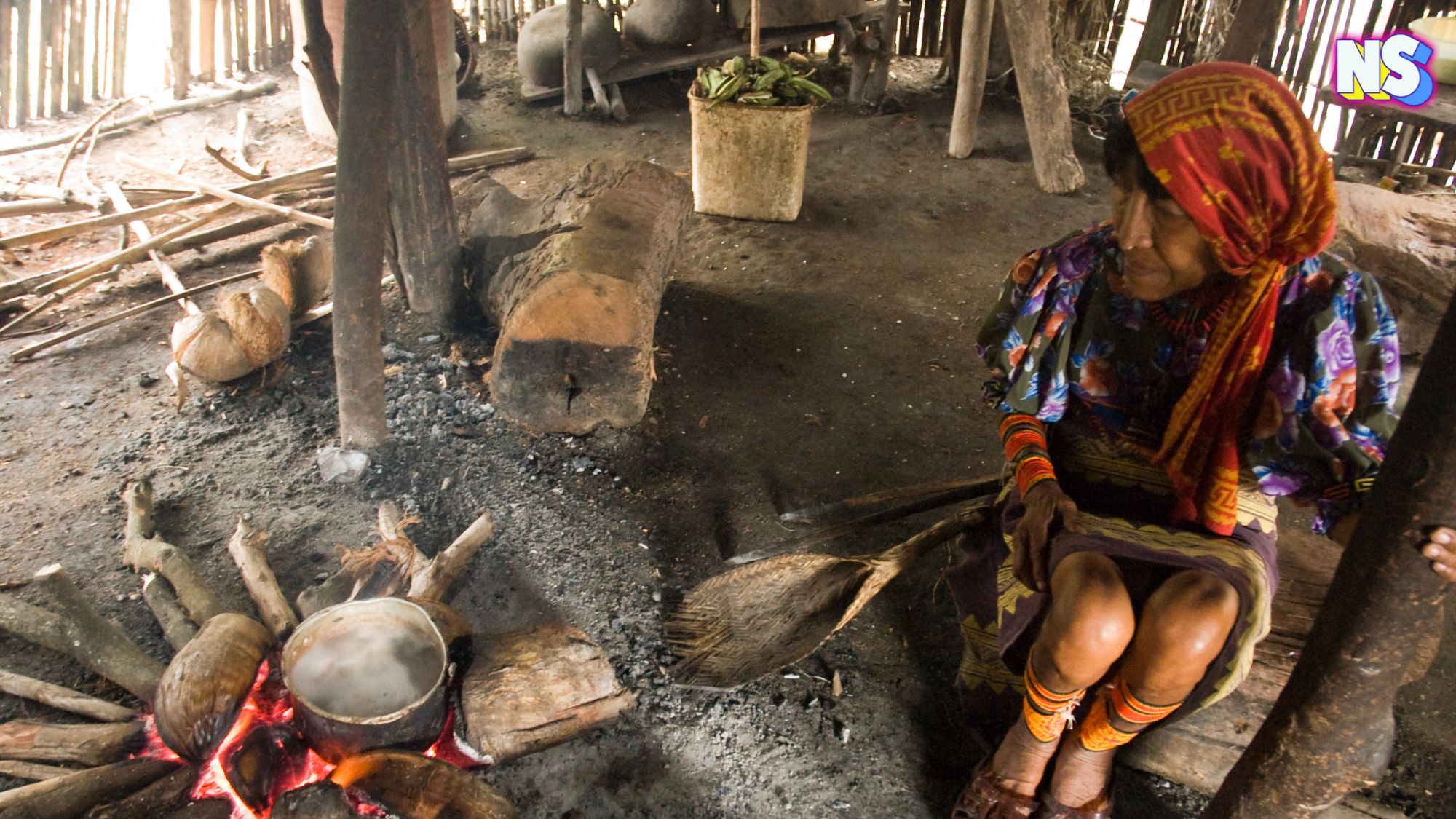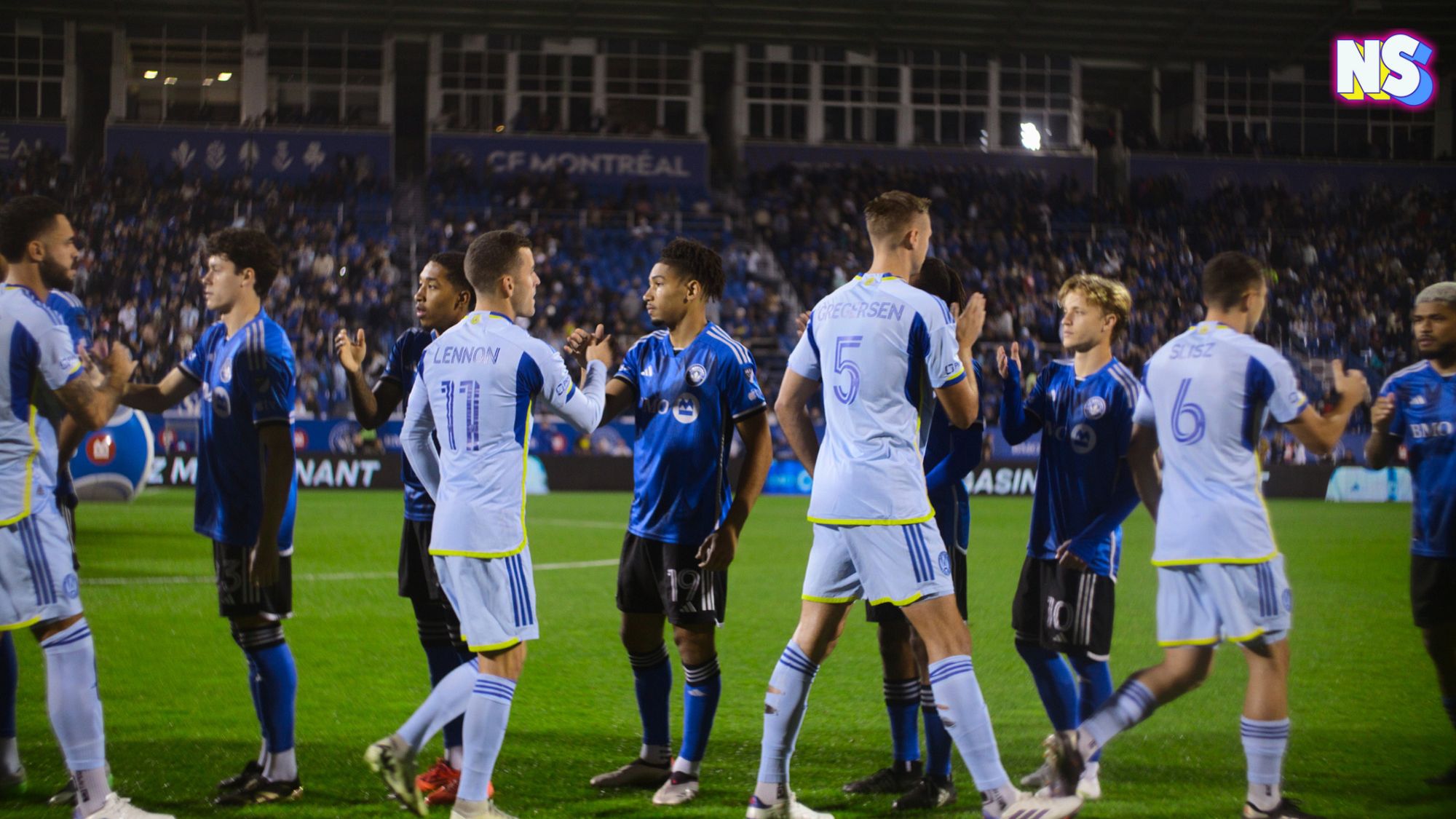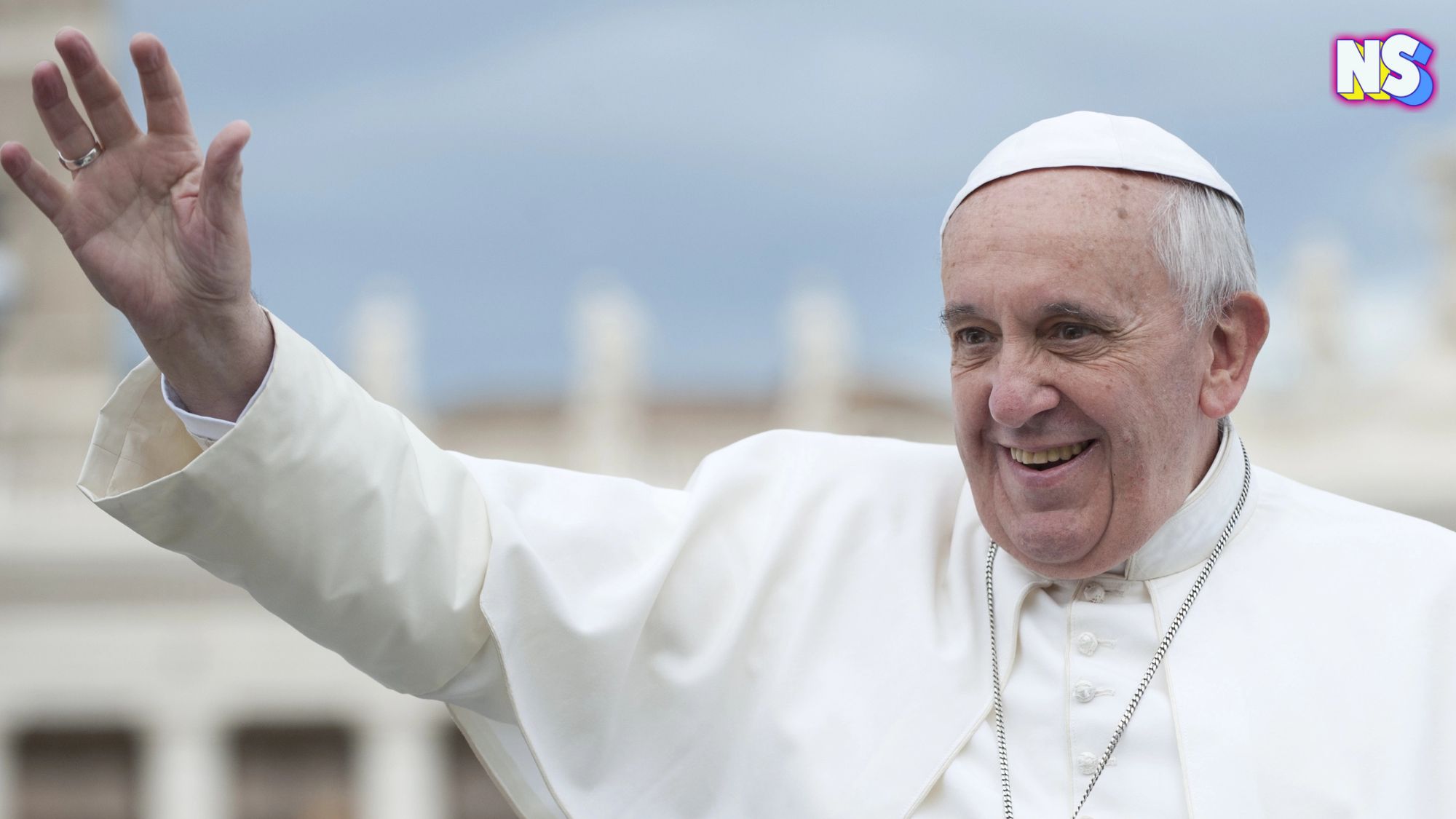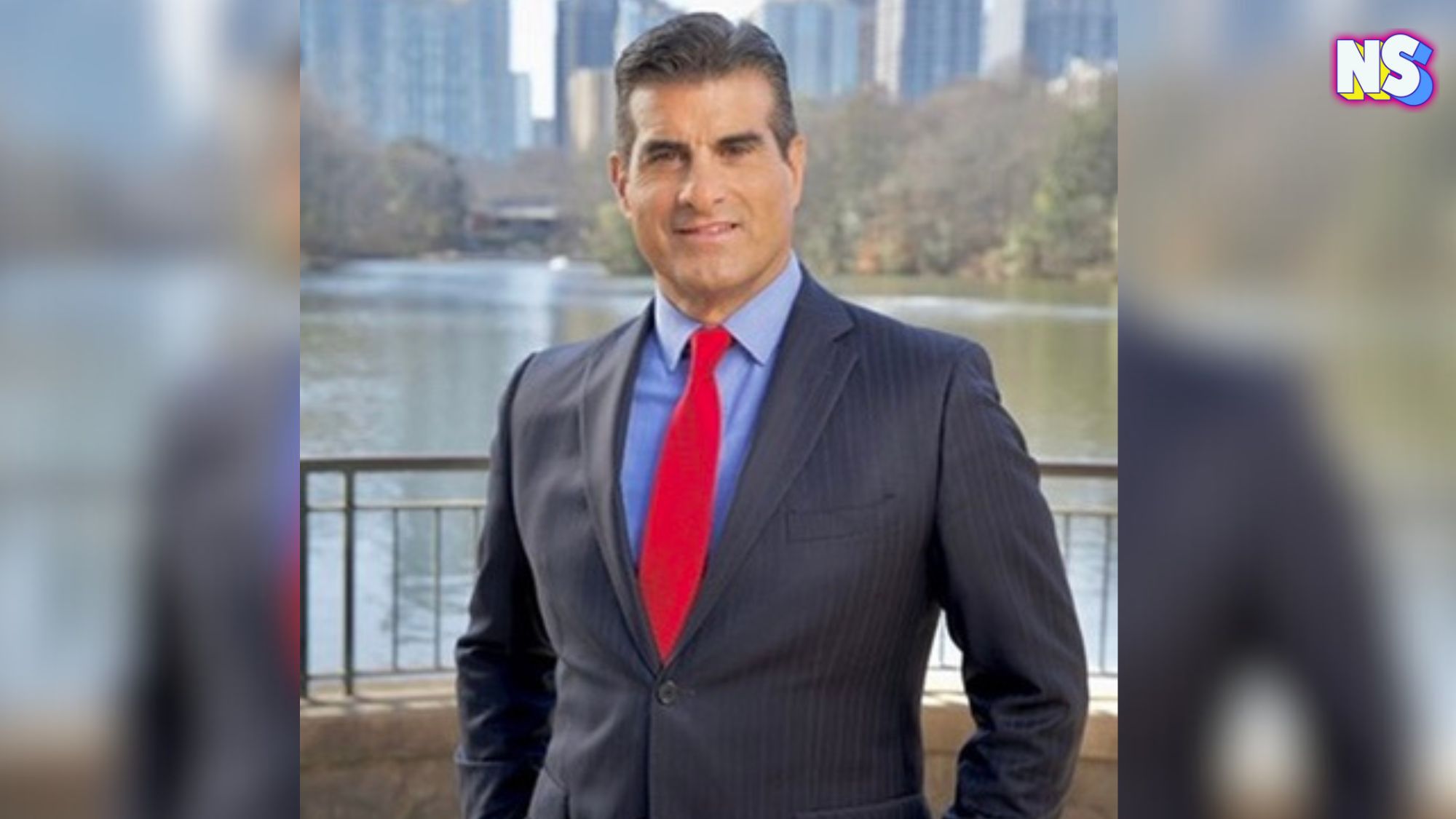Imagine a world where every ship had to sail around the southern tip of South America just to move goods between the Atlantic and Pacific Oceans. That was reality before the Panama Canal opened in 1914. Over a century later, the 50-mile-long canal cuts right through the Isthmus of Panama, providing a shortcut that saves ships weeks of travel time. It’s one of the most strategically important waterways on the planet—kind of like the highway of international shipping. So, how did it all begin? And why is this canal making headlines today?
The Shocking History of the Panama Canal
The dream of a canal connecting the two oceans had existed for centuries. After a failed attempt by the French in the late 1800s (thanks to tropical diseases and poor planning), the United States stepped in under President Theodore Roosevelt.
“After spending $287 million and losing a staggering 22,000 lives, the French abandoned the project,” the TED Ed video “Demolition, disease, and death: Building the Panama Canal,” narrated by Alex Gendler, explains. “The United States had been considering building a canal through Nicaragua, but at this point, the chance to succeed where France failed was tempting.”
By 1914, the canal was up and running, becoming a key symbol of American ingenuity and power. For nearly a century, it was controlled by the U.S., with American workers and military bases stationed in the area to protect it.
RELATED POST: Beyond Borders: The True Story Behind Ecuador’s ‘Panama’ Hat
In 1977, President Jimmy Carter signed treaties to hand the canal back to Panama.
“… the Panama Canal Treaty of 1903, drafted in a world so different from ours today, has become an obstacle to better relations with Latin America,” Carter said at the time.
By December 31, 1999, Panama officially gained full control. Since then, the Panama Canal Authority (ACP), a government agency, has operated and maintained the canal. This shift was controversial at the time, with many Americans fearing that giving up control would weaken the country’s influence.
What’s Happening with the Canal Today?
The Panama Canal is still a crucial trade route, handling around 6 percent of global maritime trade, and 40 percent of U.S. trade. However, the canal faces growing challenges. First off, there’s climate change. Severe droughts have reduced water levels, limiting the number of ships that can pass through. Secondly, there’s economic competition. The rise of larger shipping routes, like China’s Belt and Road Initiative, threatens its dominance. Then, lastly, there are the geopolitical tensions that have been making headlines lately. Some U.S. politicians, namely President Donald Trump, argue that China has growing influence in the region, sparking security concerns.
Can Trump Really “Get the Canal Back”?
Here’s where things get interesting, to say the least. Trump suggested that the U.S. should regain control of the Panama Canal, but could that actually happen? The short answer is: not legally. And not without a major international crisis.
Panama is a sovereign nation, and the U.S. gave up its claim through binding treaties back in the 70s. Any attempt to take control would require either Panama’s consent (unlikely) or an act of aggression (unthinkable). That said, Trump’s rhetoric does highlight a broader concern—China’s growing influence in the canal zone, including its investments in nearby ports and infrastructure.
So, why does this matter to you and me? More than most of us might think. The canal’s efficiency directly affects the cost of goods you buy, from electronics to coffee. And as the climate crisis worsens, global trade disruptions could become the new normal.
The Panama Canal isn’t about history and days gone by. It’s about the future. And right now, its future is uncertain.

